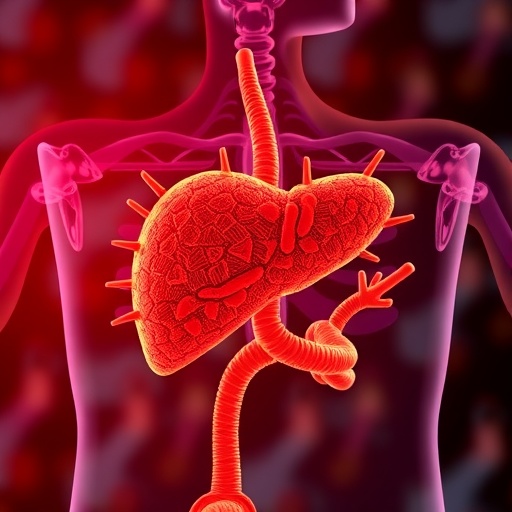Credit: SFU
Simon Fraser University researchers have created a patent-pending, optical diagnostic probe capable of safely and non-invasively detecting early stage breast cancer.
Recent testing of their diffuse optical breast-scanning (DOB-Scan) probe during an initial clinical study at Surrey's Jim Pattison Outpatient Care and Surgery Centre found that it can conclusively confirm cancer, while also providing more detail about "suspicious tissue" than conventional methods.
How it works
The DOB-Scan probe uses near-infrared light to capture cross-sectional images of breast tissue. The captured images represent concentrations of four main components in the breast–oxy-hemoglobin, deoxy- hemoglobin, water and fat, which are markers of healthy and cancerous tissue in the breast.
"The reconstructed images using the probe correlated well with cancer locations obtained by other clinical modalities such as X-ray mammography and MRI," says Majid Shokoufi, a post-doctoral fellow in SFU's School of Mechatronics Systems Engineering (MSE).
He has spent the past five years refining the technology and completed his PhD focusing on the research last fall. "We are also able to read deep within the tissue and capture more detailed information about what it contains."
Device benefits
Improved screening is promising for women of all ages, notes Farid Golnaraghi, MSE director and research lead. "Since mammography is recommended for women over 50 and requires radiation, our research has led to a cost-effective, non-invasive method that can complement other screening methods and successfully diagnose breast cancer in its early stages," says Golnaraghi. He began the research eight years ago initially focussing on oral and skin cancer. After consulting with the BC Cancer Agency, however, Golnaraghi turned to the critical area of breast cancer diagnosis.
His team includes Majid Shokoufi, graduate student Zahra Haeri, who carried out the study's data analysis, and Mozhgan Jenab, a clinical research associate at SFU and the Jim Pattison Outpatient Care and Surgery Centre, where she worked with Dr. Rhonda Janzen to carry out the clinical study.
Golnaraghi is hopeful the probe can eventually play a significant role in breast tumor detection and monitoring. Next steps include broadening the study base to include women who have not undergone cancer diagnosis. With a patent filed, the team has plans to commercialize the probe.
Why it matters:
- Breast cancer affects almost one in eight North American women during their lifetime and it is the second leading cause of cancer-related death in women.
- While popular methods in breast cancer imaging include X-ray mammography, ultrasound and magnetic resonance imaging (MRI), the DOB-Scan probe can safely provide more detailed, instant results.
###
Video: http://at.sfu.ca/rWChwM
Photos: http://at.sfu.ca/SokZpq
Media Contact
Majid Shokoufi
[email protected]
778-782-8577
@SFU_Media
http://www.sfu.ca
############
Story Source: Materials provided by Scienmag




